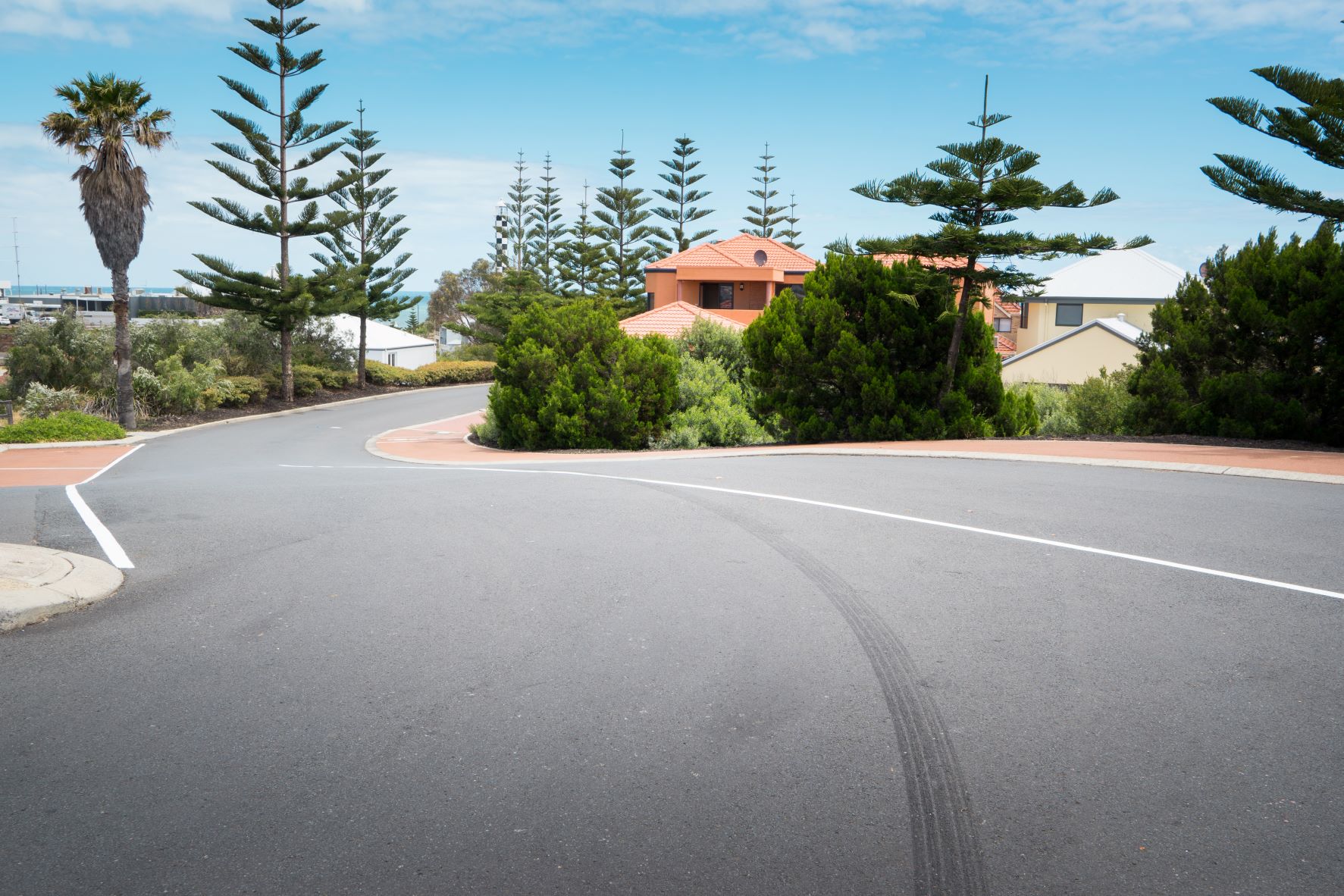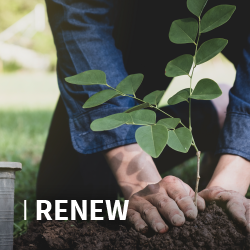Royal Melbourne Institute of Technology engineers in Australia collaborated with Tyre Stewardship Australia to discover that crumb rubber from end-of-life tires can provide a sustainable solution to ultraviolet (UV) protection for roads. The organizations found that when rubber from end-of-life tires is blended with a mixture of asphalt, the road is more UV-resistant and withstands traffic loads twice as long as traditional asphalt.
“We found that the aging trend is actually slowed down when you add crumb rubber, which is recycled from scrap tires, into the top layer of a road,” lead researcher Filippo Giustozzi says.
For their study, published in the Journal of Cleaner Production, the researchers used a UV machine to simulate the outdoor environment in the lab. They blasted various asphalt compositions with crumb rubber concentrations ranging from 7.5% to 22.5% for a month with the machine—equivalent to a year’s worth of UV rays in Melbourne, Australia—and measured the chemical and mechanical properties of the various material mixes.
“I believe this was all done in a lab study, now they’re going to be moving on to real-world studies as well,” says Stratton Kirton, spokesman for the Recycled Rubber Coalition (RRC), which operates with support from ISRI and the Synthetic Turf Council. “This information really complements a lot of the work that we’ve already seen being done in the U.S., both in states with lots of sunshine, like Arizona, and California, and Florida, but also some of the work we’ve seen coming out of academia.”
Michigan is one of the states studying how rubber modified asphalt (RMA) behaves. Neal Frey, vice president of market development at Middlebury, Ind.-based Entech, has supplied hot-mix, rubberized chipseal projects in several Michigan counties in 2021 and 2022. Chipsealing is a process of spreading oil over a paved road and then covering the oil with a thin layer of small gravel. A chipseal extends pavement life and reduces the frequency of resurfacing.
“We have [helped chipseal] 150 lane-miles in Michigan this season,” says Frey, who is first vice-chair of ISRI’s Tire and Rubber Division. “I’m convinced [RMA] is a great product.”
Entech slightly increased its work in Michigan in 2022. In 2021, the company supplied crumb rubber for 120 lane-miles of RMA in the state. Holland, Mich.-based ISRI member PADNOS has been involved in RMA projects as well, like the parking lot paving it assisted for retail chain Meijer in 2021.
“Michigan has been very diligent providing many grants looking at numerous technologies and processes,” says John Sheerin, director, of end-of-life tire programs at the U.S. Tire Manufacturers Association. Other state-level projects he highlighted include:
- Kentucky and Texas have provided grants to projects starting with chip seals. These are often county-level projects.
- Locally funded projects and research are ongoing in Missouri, Nevada, and Virginia. Colorado and Oklahoma have one-off projects with state support aimed at developing specifications for future RMA work.
- Many more states have worked with RMA through roads managed outside states’ transportation departments. “The Tri-State Tollway in Illinois uses RMA regularly because it’s a superior product that wins on cost,” Sheerin says. Massachusetts, Pennsylvania, and Rhode Island have roads that incorporate RMA as well.
“[RMA] is a product that has decades of real-world application and research behind it,” Kirton says. “So, it’s not experimental. Know that there are lots of people out there who are succeeding, and importantly, making money while using this product. Customers really like it because of the benefits that it has for drivers, for the public, and for the environment.”
RRC has tracked 32 states that are using or planning trials of RMA paving. In 2020, the National Lieutenant Governors Association adopted a nonbinding resolution to support the use of recycled tires in RMA. While most public funding comes from counties or municipalities, the Bipartisan Infrastructure Law invests $110 billion in surface transportation infrastructure, with a focus on sustainable, long-lasting results.
“Rubber-modified asphalt is a win-win-win,” Kirton says. “Local governments win by making taxpayer dollars go further; the environment wins by reducing emissions and keeping scrap tires out of landfills; and drivers win with smoother, quieter roads.”
Photo courtesy of Storyblocks.
Additional Resources













